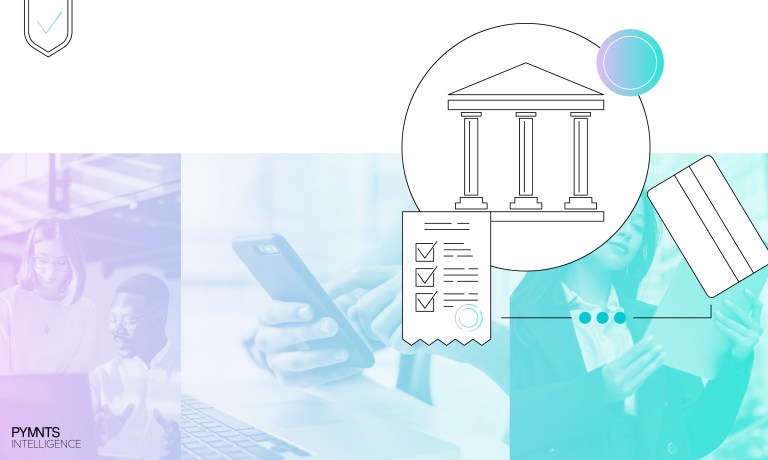Why So Many Mid-Sized Banks Fail the Digital Lending Readiness Test

Download the Study The State of Digital Lending Readiness
Mid-sized financial institutions (FIs) — including community banks, regional banks, and credit unions — face growing challenges in automating their lending processes. This is particularly true for small to mid-sized businesses (SMBs). While 70% of FIs have automated consumer lending, only 33% have done so for SMBs. This gap in automation is leading to higher delinquency rates and operational inefficiencies.
FIs that automate their processes gain several key advantages. For example, integrating automation and digital platforms into SMB lending can streamline loan decisions and reduce risk. This may help explain why so many FIs are pushing to automate. While 61% of FIs plan to fully automate these processes within the next two years, many face challenges related to costs and legacy systems.
These are some of the findings explored in “The State of Digital Lending Readiness,” a PYMNTS Intelligence and Amount collaboration. The report examines the automation gap between consumer and SMB lending, the barriers preventing various mid-sized FIs from adopting digital platforms and the competitive risks posed by falling behind in digitization.
Inside “The State of Digital Lending Readiness”:
- How digital lending readiness varies across mid-sized FIs
- Insight into how automation gaps affect SMB and consumer lending
- The reasons FIs still rely on manual processing
- Why some mid-sized FIs struggle to automate and the impact on operational efficiency
- The relationship between automation and loan fulfillment speeds
- How automation and digital platforms can reduce delinquency rates and improve risk management
- Why overcoming institutional reluctance and budget constraints is essential for future growth
The report explores how automation and digital platform adoption impact key financial outcomes for FIs. This report features detailed charts on lending automation, delinquency rates, and FIs’ plans for investing in digital platforms. It also provides critical insights on how financial institutions can remain competitive by accelerating their digitalization efforts.